I’m going to put it out there – the LM is the most beautiful of Ferrari’s celestial 250 family of cars. In adding a sleek and aerodynamically efficient roof to the comparatively frumpy 250 P open prototype, Pininfarina created one of the most well-resolved automotive designs of the 20th Century.


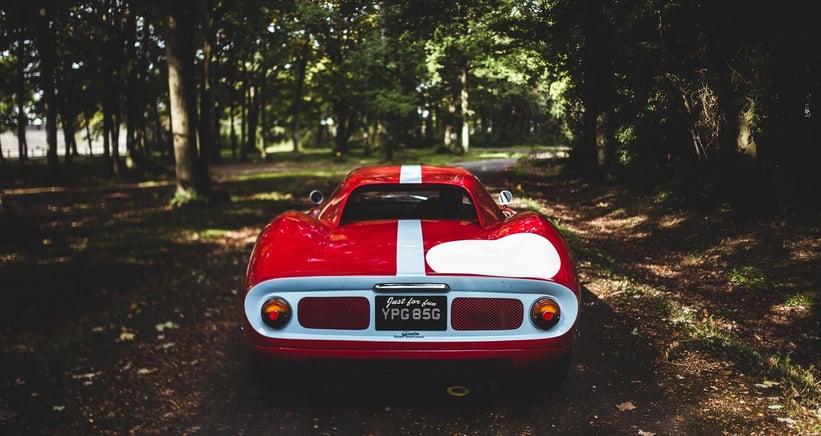
Sure, the 250 GTO is the car every man and his dog covet the most, no doubt catalysed by its value. But where that car, a voluminous Gran Turismo, is as suited to continental cruising as it is the racetrack, the LM, with its highly-strung V12 mounted amidship, screams poise and purpose.
It’s a diminutive car, the LM. The ultra-short nose droops low and is perfectly countered by the voluptuous rear haunches, which swoop dramatically up and over the rear wheels before rising again into that delicate flick atop the Kamm tail. When Ferrari presented the LM (denoting Le Mans, its intended destination) at the Paris Motor Show in 1963, it had a shorter roof that stopped abruptly aft of the cabin, lending the car a rather unusual profile. The aerofoil that was subsequently added – and looks near identical to that found on the 250 GTO ’64, we might add – is both infinitely prettier and much more aerodynamic.
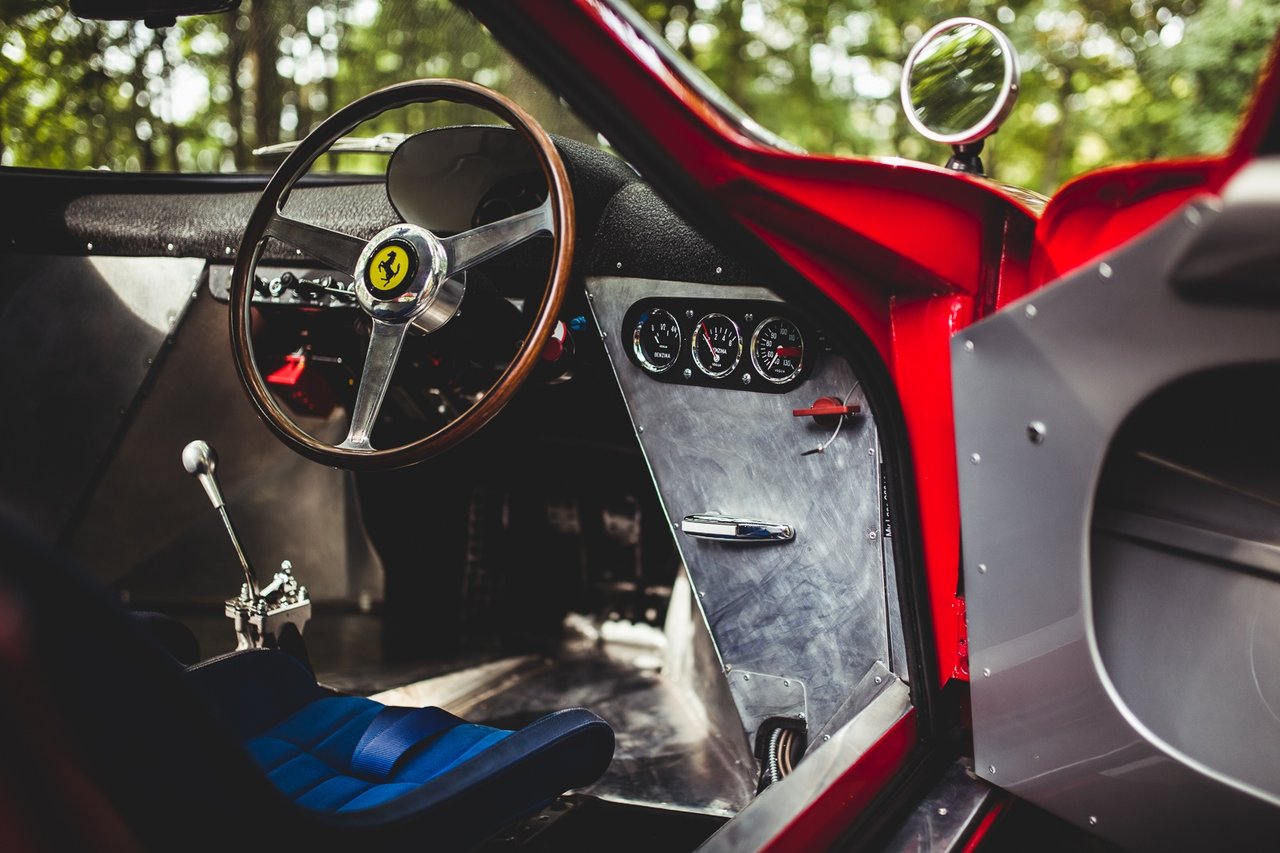

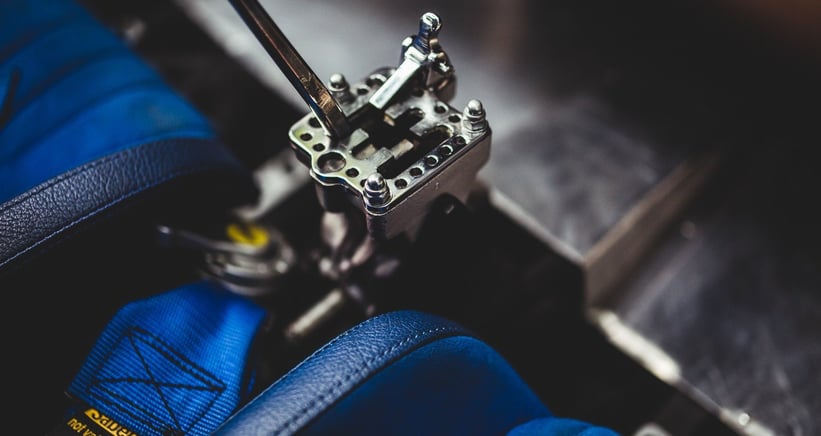
Even its spartan cockpit is worlds away from the quilted-leather-clad interior of the GTO. Seemingly wherever you look, there’s exposed aluminium, while the comically offset pedal box – itself a thing of beauty – ensures ingress and egress are nothing short of theatrical. The near-obsessive weight-saving measures are also clear to see – take the now-classic gearbox gate, for example, whose surround has been drilled to save a few extra grams. The details are glorious.
It’s important to paint a picture of the motorsport landscape back then while talking about the 250 LM. Change was afoot in the late 1950s. British garagistas such as Lotus, Cooper, and BRM had experimented with mounting engines behind the driver in their Grand Prix cars, rather than ahead. Their sudden success only confirmed that they were onto something. The writing, it seemed, was on the wall.

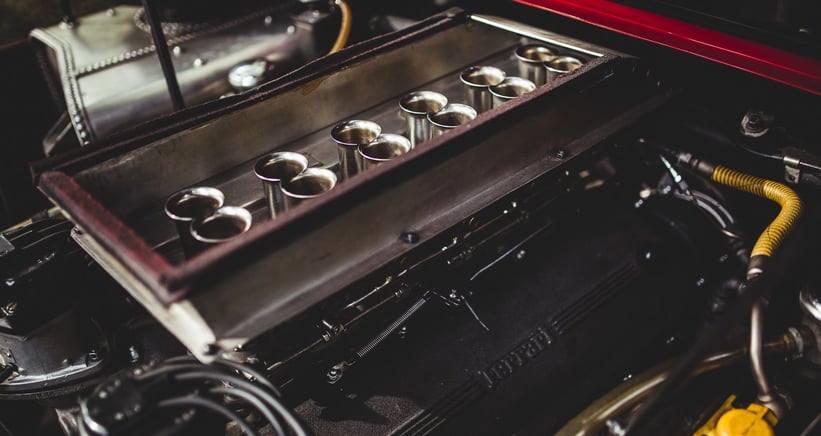
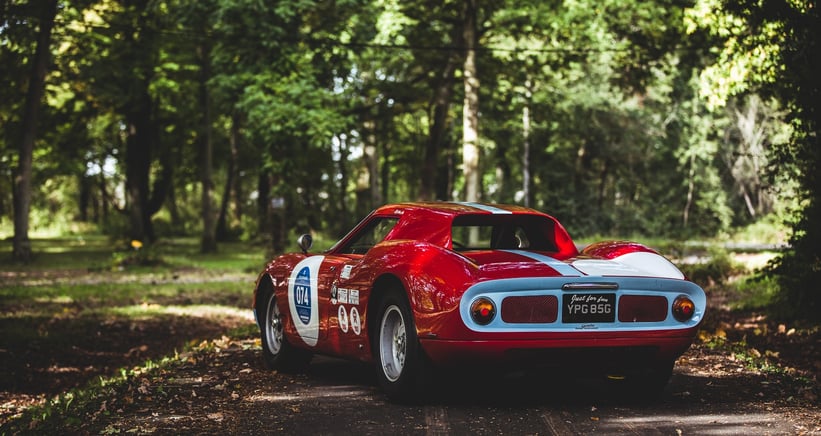
In spite of being a notoriously stubborn man, Enzo Ferrari, who’d once joked that ‘the horse pulls the cart’, simply could not sit by the wayside anymore. And so, in 1960, he unleashed the mid-engined 156 ‘Sharknose’ monoposto and the following year, dominated the Formula 1 championship with it. Encouraged by both the success and the concept, a sports car – the 250 P – followed in 1963 and proceeded to win the fabled 24 Hours of Le Mans, the first mid-engined car to do so.
The Le Mans Berlinetta was conceived as a ‘production’ car in a bid to generate sales. Ferrari’s plan was to homologate the car in the Grand Touring category, just as he had miraculously managed to do with the GTO – the FIA stipulated that a minimum of 100 cars were required to be built to satisfy the regulations, but everyone knew the actual GTO production numbers didn’t come close to half of that.



He wasn’t going to pull the wool over the officials’ eyes a second time, though. They vetoed his request and the LM was thus classed as a prototype. In retaliation (and probably fearing defeat), a livid Ferrari refused to campaign the car, which left privateers such as Luigi Chinetti’s North American Racing Team and Colonel Ronnie Hoare’s Maranello Concessionaires to pick up the mantle and put the LM on the map.
Incidentally, that brings us onto this particular 250 LM, chassis #5907. Colonel Ronnie Hoare took delivery of the car in July of 1964 and promptly put it to work in the prestigious 12 Hours of Reims, resplendent in his trademark red and Cambridge Blue colours. Driven by the stellar line up of Graham Hill and Jo Bonnier, #5907 took the overall victory. It won its next race, the Scott Brown Memorial at Snetterton, too, in the hands of Roy Salvadori. Later in the year, David Piper completed the car’s hat-trick of wins in 1964, dominating the Rang 9 Hours at Kyalami.

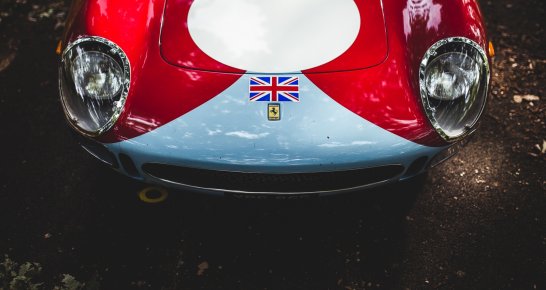

In recent years, 5907 has been a frequent attendee at historic motorsport meetings around the world, including the Goodwood Revival and Les Grandes Heures at Montlhéry, where we were granted some precious alone time with the car. The ‘Just for Fun’ sticker on the rear is a particularly nice touch and a timely reminder of how, in an automotive world of telephone-number transactions and historic motorsport that feels more competitive than contemporary racing, passion is still the underlying force behind it all.

This 250 LM’s period success is indicative of the model’s competence as a long-distance racing car. Despite often competing against much quicker prototypes, the LM racked up some 33 victories, including at Spa, Zolder, Silverstone, and, most famously, Le Mans. We imagine Jochen Rindt and Masten Gregory’s 1965 Le Mans win felt like manna from heaven for the disgruntled Enzo Ferrari. It was his marque’s sixth straight victory in the greatest endurance race and his ninth overall. Sadly, no other Ferrari has won it since.
Given the Ferrari 250 LM’s heady cocktail of competition success, rarity (just 32 were built, making it rarer than the 250 GTO), and sheer beauty, it’s hardly surprising that values have skyrocketed in recent years. In Monterey in 2015, RM Sotheby’s sold the famous ex-Ron Fry car for 17.6m US dollars and several experts we consulted reckoned a good and straight example is worth well over 20m dollars today. What we find amazing is that a 250 GTO allegedly recently traded for over three times that, at 70m dollars.
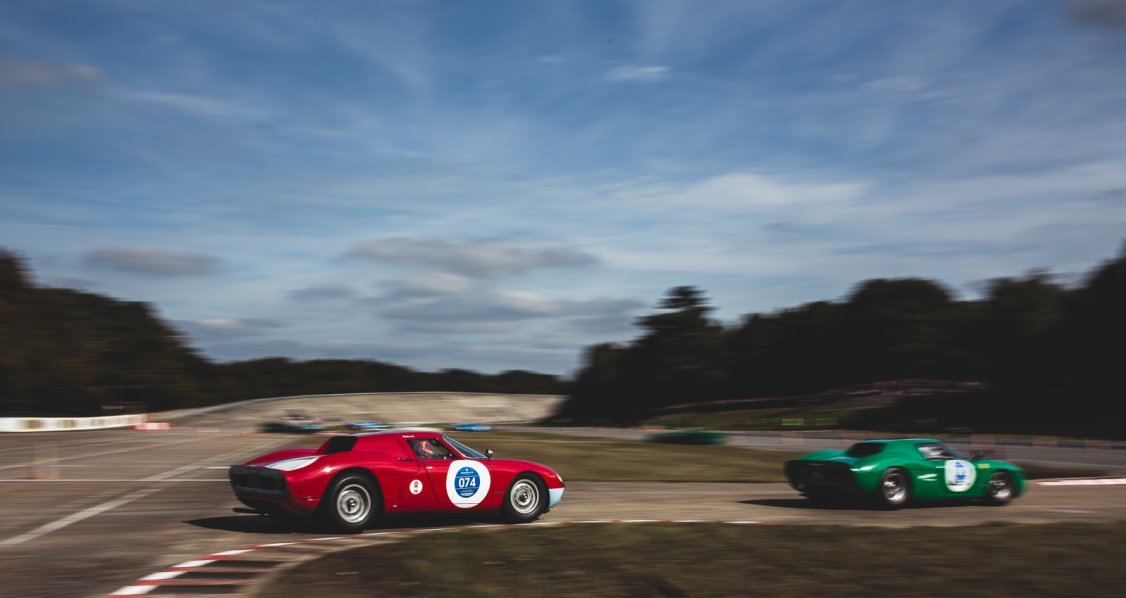

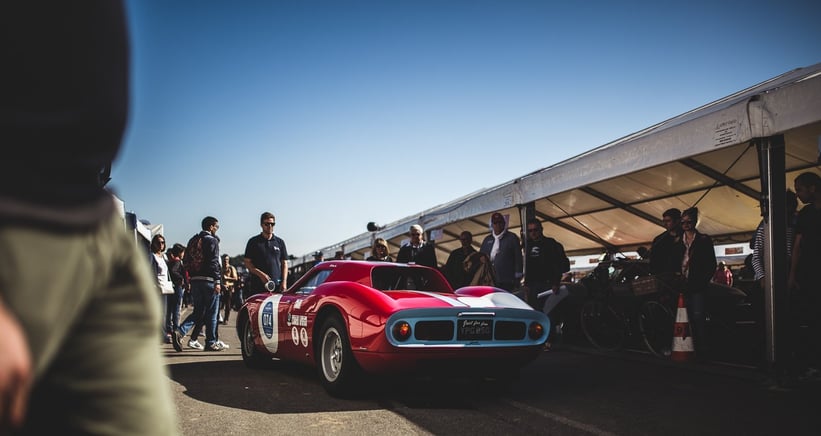
Sure, the GTO has become something of an enigma, spoken about in hushed whispers and shrouded in mystery. And yes, it was dominant in the period and clinched Ferrari the GT titles in 1962, ’63, and ’64. But circumstances meant the LM was never allowed to compete as a GT car, which only prolonged the GTO's lifespan. We also accept that it’s a genuinely useable road car – something that can’t really be said of the LM. But, as we keep hearing, today’s market does its homework with ruthless dedication and characteristics such as provenance, rarity, competition history, and condition, are defining factors when it comes to the values of the ‘best of the best’. On paper, the LM is surely equal (or at least as near as makes no difference) to the GTO – regardless, the LM is a hell of a lot cheaper than a GTO. We’ll take two, please!
Photos: Mathieu Bonnevie for Classic Driver © 2018






















































